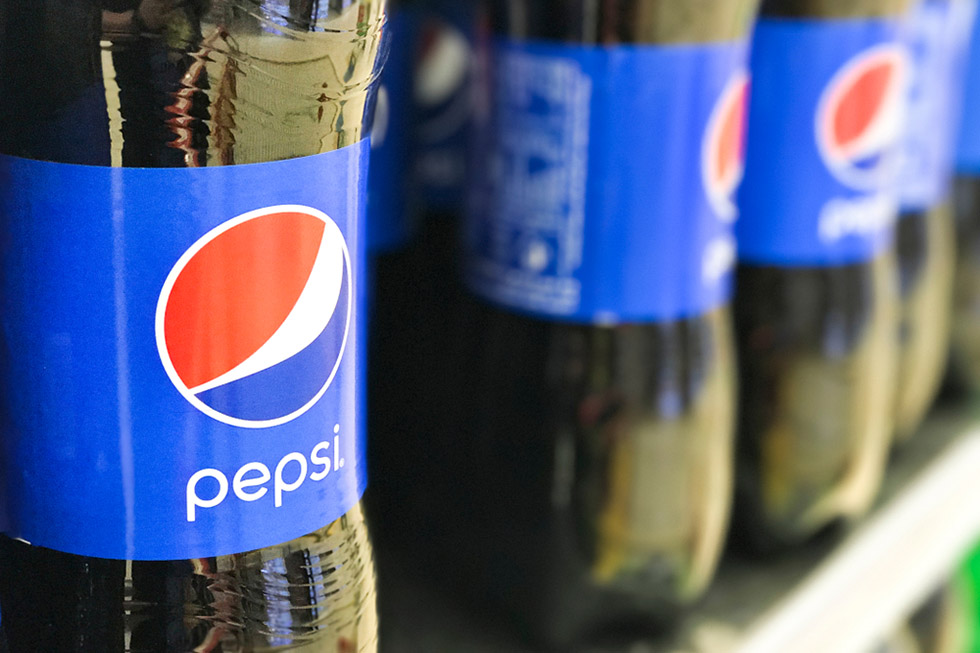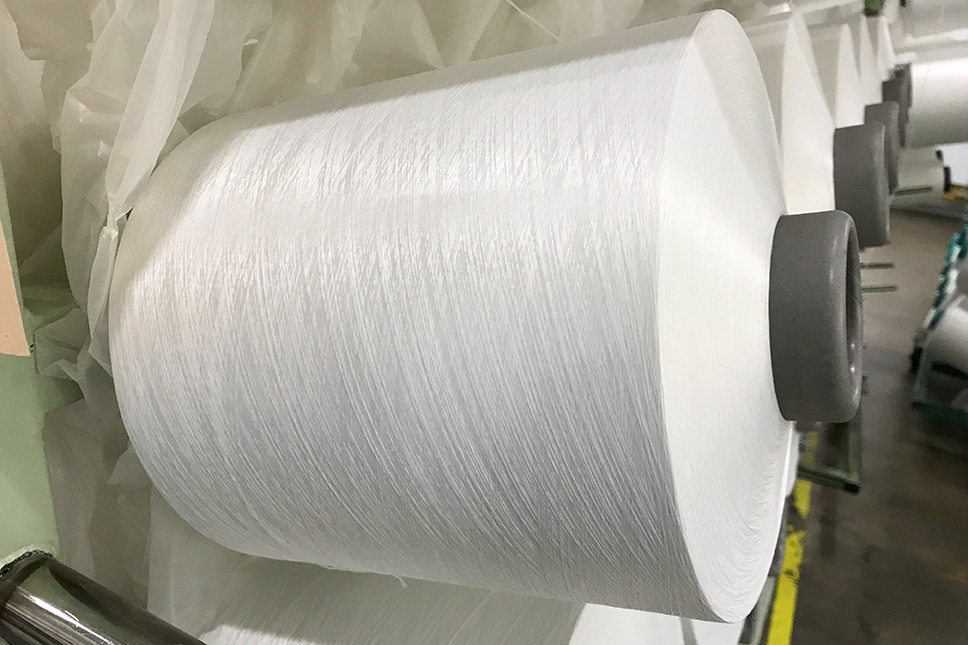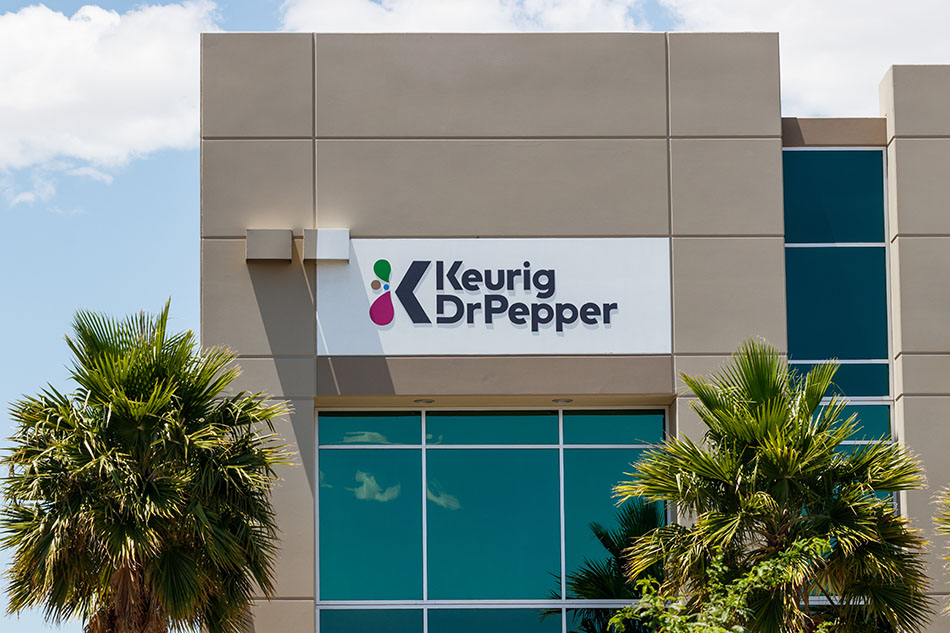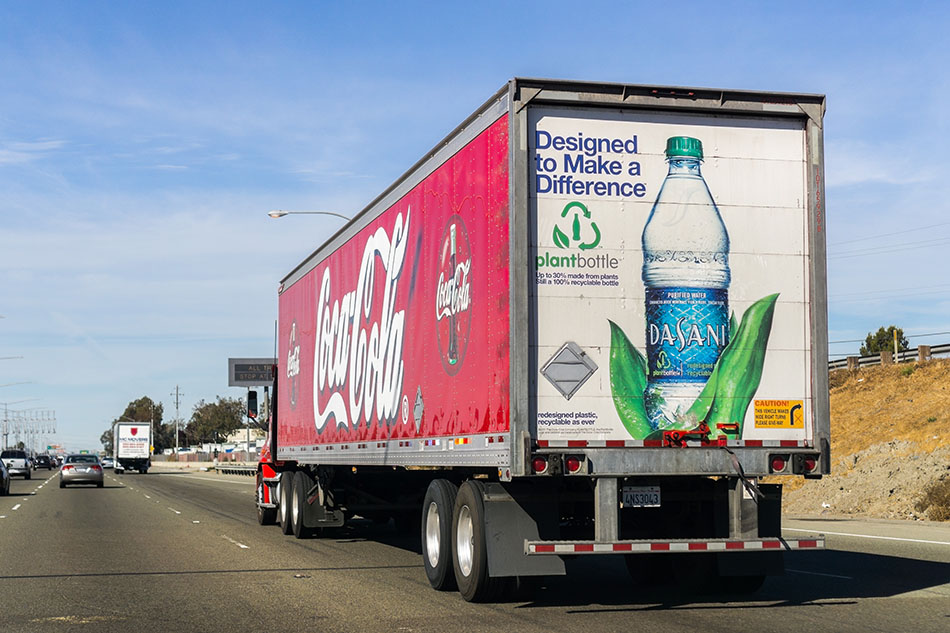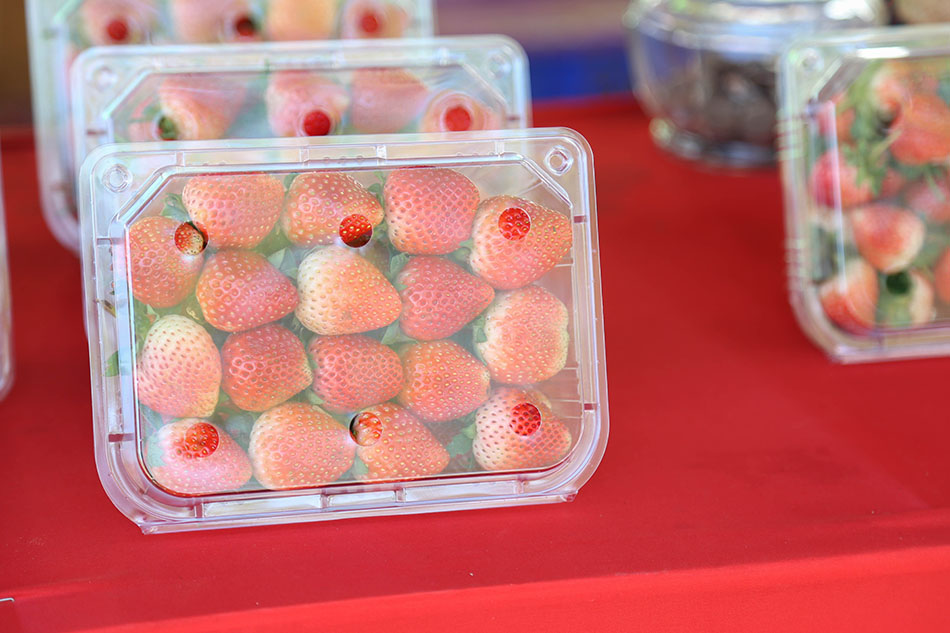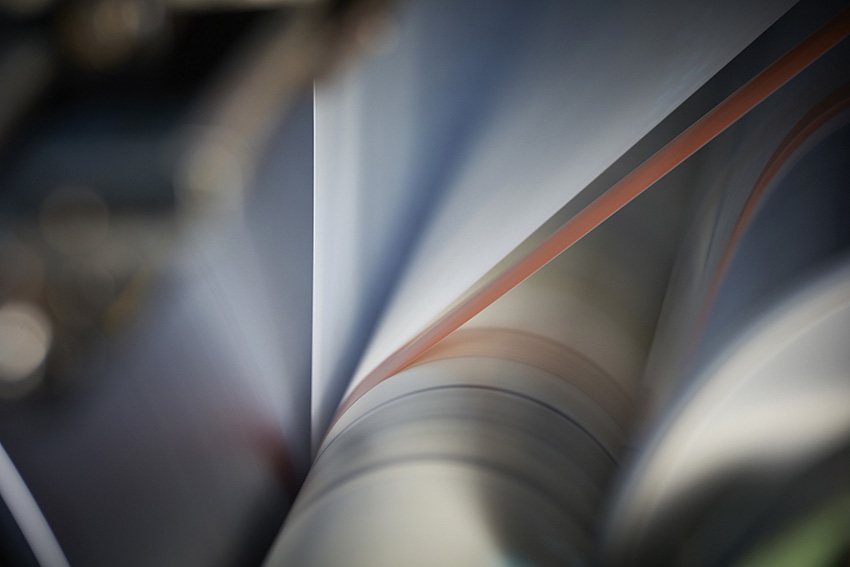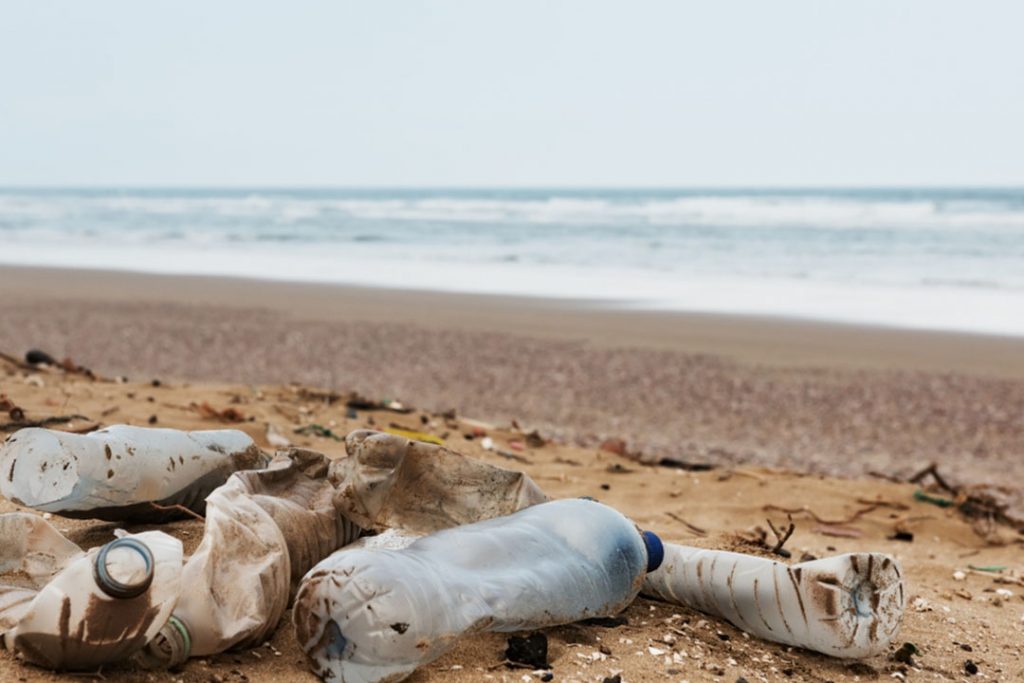
SC Johnson and Plastic Bank have launched a three-year partnership aimed at preventing ocean plastics and fighting poverty. | Kochneva Tetyana/Shutterstock
A number of ocean plastics-related announcements have been made as the Our Ocean Conference kicks off today in Oslo, Norway.



